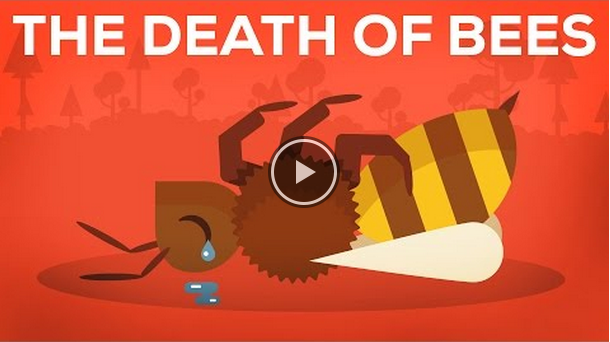
If you ask a person to name their favorite pet, most will say dogs or cats, some may even name a snake or pet iguana…but no one will say “bees.” This, of course, is a little understandable, as most people have been stung at one point their their life. Admittedly, getting stung by a bee is not the most pleasant thing in the world, but bees are hardly the terrors that many seem to think they are (what with all their running and screaming when they see one).
In fact, bees are absolutely necessary to our survival. According to a Cornell University study, the value of honey bee pollination to U.S. agriculture is more than $14 billion annually (though this obviously varies based on the year). If that’s not enough, scientists estimate that, thanks to pollination, bees are responsible for the production of nearly 1/3 of all food that is consumed.
Which brings us to a rather frightening fact: The bees are dying. This phenomenon is known as Colony Collapse Disorder (CCD). This disorder was first noticed in October 2006, when several beekeepers began reporting losses of 30-90 percent of their hives. Of course, some colony losses are expected; however, not at this magnitude.
Scientists think that there are a number of causes, and we certainly don’t have all the answers, but this video by Kurz Gesagt tells you what you need to know in a nutshell.
Watch: The Death of Bees

I will leave you with this quote from environmental conservationist and bee expert Dr. Reese Halter: “To begin to tantalize your wonderment of this critter—the next time any one of us takes a hearty teaspoon of honey, would you believe that that’s 6,000 miles, 10,000 kilometers, that a dozen bees have spent their entire foraging lives (three weeks, seven days a week working) to make that one teaspoon.”
Listen to the rest of Halter’s commentary here, and learn all that you ever wanted to about honey bees. And see this site for more information.